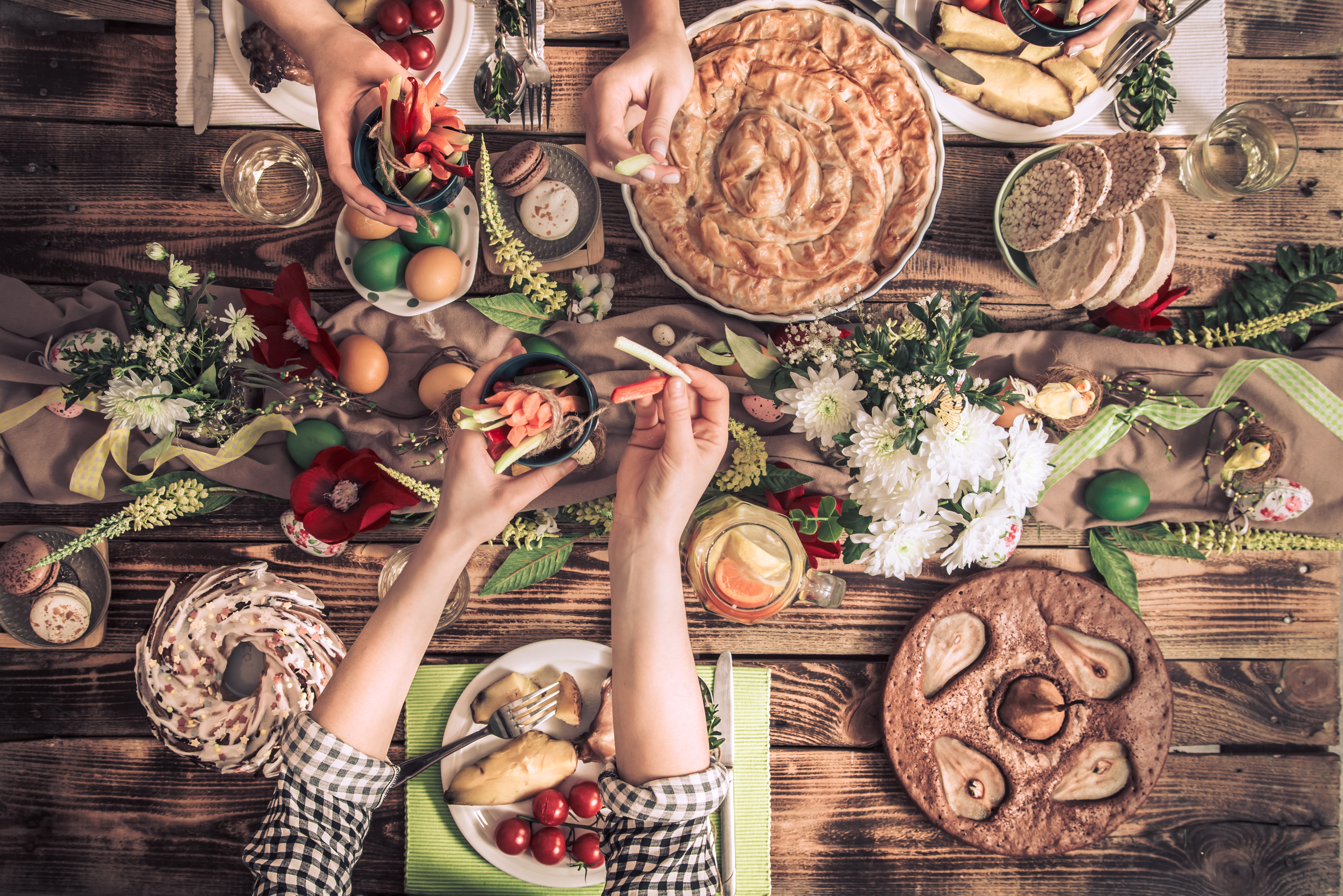Blog » Preserving Family Recipes as a Tribute to Loved Ones

Why Family Recipes Hold Emotional Significance
Family recipes carry more than instructions for cooking—they hold deep emotional value. A familiar aroma or taste can immediately bring back memories of laughter-filled dinners or quiet afternoons spent baking together. These recipes connect us to the people we’ve loved, providing comfort and a tangible link to the past.
Emotional Impact of Family Recipes:
- Triggers Nostalgia: A specific dish can evoke powerful memories of time spent with loved ones.
- Expresses Care: Preparing someone’s recipe is a way of honoring the love and effort they poured into it.
- Builds Connections: Sharing these recipes fosters togetherness and helps bridge generational gaps.
Each dish becomes a vessel for love, reminding us of the importance of those who shaped our lives.
Simple Steps to Preserve Family Recipes
Documenting family recipes is a heartfelt process that ensures their survival for future generations. With care and creativity, you can create a resource that keeps your loved ones’ culinary legacy alive.
How to Preserve Recipes:
- Interview Family Members: Ask relatives about their favorite recipes and the stories behind them.
- Write It Down: Ensure all details, including measurements, techniques, and variations, are recorded clearly.
- Add Stories: Include anecdotes about the recipe’s origin or its significance in family traditions.
- Incorporate Photos: Take pictures of the dish and the preparation process to enhance the recipe visually.
- Store Digitally: Use apps or online platforms to create a digital archive that’s easy to share and update.
By following these steps, you ensure that these recipes become enduring parts of your family’s history.
Creative Ways to Honor Family Recipes
Turning recipes into keepsakes transforms them into treasures that can be passed down. A simple recipe can become a lasting tribute with a little creativity.
Ideas to Make Recipes Special:
- Recipe Artwork: Frame handwritten recipes or create custom prints for your home.
- Engraved Utensils: Have a cherished recipe engraved on a cutting board or serving dish.
- Personalized Cookbooks: Compile recipes into a family cookbook, complete with photos and stories.
- Video Tutorials: Record a family member demonstrating the recipe, preserving both the technique and their personality.
- Recipe Memory Boxes: Store recipes alongside cooking tools or mementos in a keepsake box.
These heirlooms add a personal touch that ensures your loved one’s culinary traditions endure.
How Food Helps Us Remember Loved Ones
Food has a unique ability to evoke memories and foster connection, making it a natural way to honor those we’ve lost. Preparing and sharing their recipes can transform grief into a celebration of life.
How Food Honors Loved Ones:
- Celebrating Milestones: Prepare their favorite recipes on anniversaries or other significant dates.
- Family Gatherings: Include these dishes at reunions to keep their spirit present.
- Community Sharing: Host a cooking night where everyone learns a dish from their legacy.
- Personal Reflection: Cooking their recipes alone can bring quiet moments of comfort and connection.
Each act of preparing these dishes keeps their memory alive in a loving and tangible way.
Keeping Culinary Traditions Alive
Family recipes are a gateway to cultural and personal history. Sharing these recipes during celebrations ensures that traditions remain vibrant and meaningful.
Best Times to Share Recipes:
- Holiday Feasts: Incorporate traditional dishes into festive meals to celebrate your roots.
- Reunions: Create a theme where family members bring recipes that tell a story.
- Special Occasions: Feature loved ones’ recipes during weddings, graduations, or memorials.
- Recipe Clubs: Start a family recipe club where members exchange and discuss their favorite dishes.
These occasions create opportunities to strengthen family bonds and preserve culinary heritage.
Healing Through the Act of Cooking
Cooking recipes from loved ones offers more than nostalgia—it can be a powerful form of healing. The process of creating something they cherished helps keep their presence alive in a comforting way.
How Cooking Supports Healing:
- Focus on Ritual: Preparing a familiar dish provides structure during emotional times.
- Tactile Comfort: The sensory experience of cooking can soothe and ground you.
- Shared Moments: Cooking and eating the recipe with family strengthens emotional bonds.
This act of remembrance transforms sorrow into a celebration of the life they lived.
Legacy through Food
Preserving family recipes as a tribute to loved ones is a timeless way to honor their legacy. These recipes carry not just the flavors of the past but also the love and care that made them special. By passing them down, you ensure that their memory lives on, bringing comfort and connection to future generations.
Recent Blog Posts
- Eco-Friendly Cremation and Burial Options
- Direct Cremation in South Carolina and Why Families Prefer This Option
- Choosing a Funeral Home in South Carolina for a Stress-Free Process
- Burial or Cremation in Louisiana and Which Option Fits Your Needs
- Funeral Costs in New Jersey and Affordable Cremation Solutions
- Cremation Services in Louisiana and What Families Should Know
- Virtual Storytelling Ideas to Connect Generations
- Honoring Loved Ones with Meaningful Legacy Tattoos
- Healing Through Comfort Foods From Around the World
- How to Support a Friend Through Grief from a Distance
